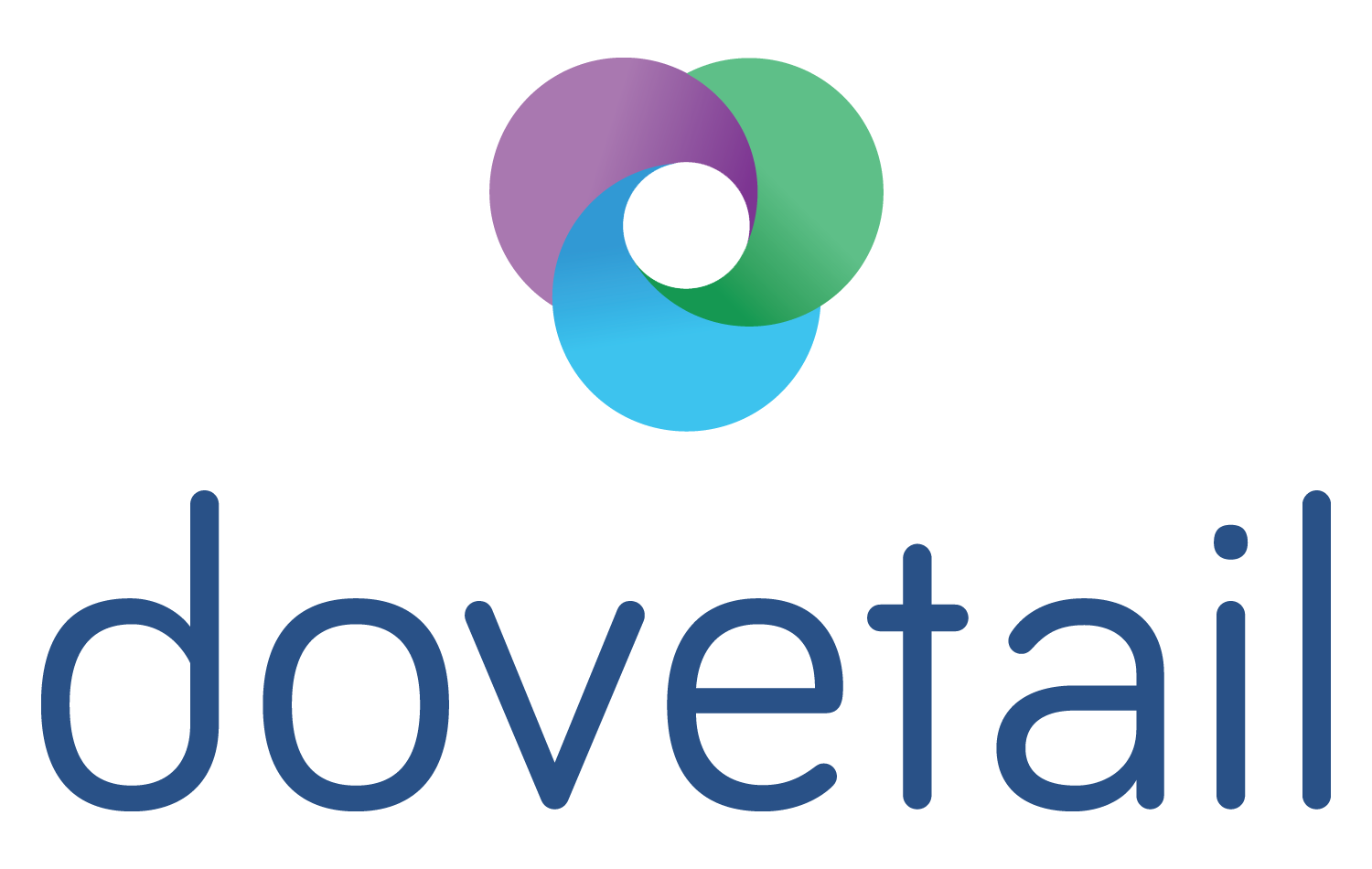Taking the pulse of the creative sector
Guest blog by Adela Wypych
The last few years of Covid and its associated impacts have been challenging for people and sectors globally.
With the necessity of staying at home, isolating and wearing masks imposed around the world, the creative and cultural sector was massively affected.
A sector that brings people together, to entertain and inspire just couldn’t do that. Yes, there were shifts to create virtual experiences and move events online. But this couldn’t overcome the loss of live or in person engagement with creativity and the arts.
Dovetail has worked closely with the creative and cultural sector across many projects. We feel like we are an ally of the sector, helping to shine light into dark corners, making sense of data, and help secure funding for such important mahi (work).
When the opportunity came up, we were eager to collaborate with the sector to see how Covid and the subsequent impacts were affecting the industry and how it was responding.
We first partnered with Arts Wellington and Te Taumata Toi-a-Iwi in February 2021 with the idea of regularly capturing the pulse of the creative sector in the two regions (Wellington and Auckland). From this, the concept ‘State of the Arts’ was born, a quarterly, rapid and easy to complete online survey.
The survey involves about ten questions, eight being present in all surveys to monitor any trends or shifts in perceptions over time and one-to-two opened-end questions that ask about ‘an issue of the day’. Design and development of the survey was assisted by both Arts Wellington and Te Taumata Toi-a-Iwi. Once piloted, the survey was distributed (June 2021) through our clients’ channels, and we were delighted that over 700 people responded to our survey.
After the success of the first survey, Creative Waikato and Te Manatū Taonga Ministry for Culture and Heritage joined as partners. This time we were to report on three regions (Auckland, Wellington and Waikato) as well as nationwide.
With more development from our partners, we distributed the second quarterly survey (September 2021) with our newly developed database, as well as our clients own social channels. The release of the survey coincided with the Delta outbreak which caused the country to again go into lockdown.
This survey indicated a shift towards pessimism from Auckland and Wellington, a mood which was also reflected in the Waikato and national results, which we were capturing for the first time.
In early 2022 we began developing the third instalment of ‘State of the Arts’.
New year and a new framework by the Government meant that the country was now in the Red Light setting when the third instalment was released.
Our results reflected the effect of the continued restrictions on the creative and cultural sector, an increased trend of pessimism for Auckland and Wellington, and the indication of increased pessimism nationally.
We have learned a lot from creating this type of short-fire survey. We have been able to
Demonstrate trends occurring in the sector over time
Help provide data and analysis to advocate for the creative and cultural sector
Refine open-ended questions for analysis
Increase participation by the creative sector in the survey
Overall, our results show the impacts Covid, and subsequent restrictions have had on the creative and cultural sector. Our fourth instalment of the survey is set to be released in June.
Whilst still acknowledging the broader consideration of saving lives, fingers crossed that creatives can go back to doing what they love, and I can go to more gigs. This may take time, but hopefully will be reflected in future pulse checks of the State of the Arts.
Thanks again to our wonderful partners who have funded the State of the Arts survey: Arts Wellington with the support of Wellington City Council (Pōneke), Te Taumata Toi-a-Iwi (Tāmaki Makaurau), Creative Waikato and Te Manatū Taonga Ministry for Culture and Heritage.
More detailed results from the State of the Arts surveys can be found here or through the thumbnail opposite. Full findings can be found in our reports pages.

